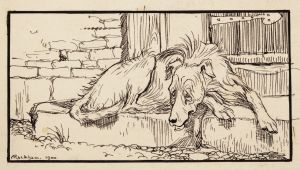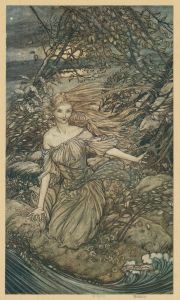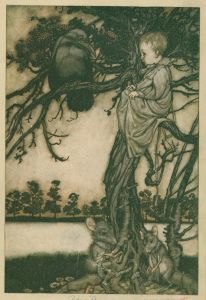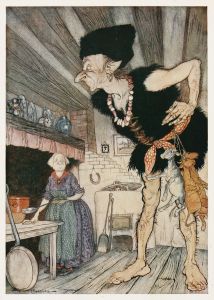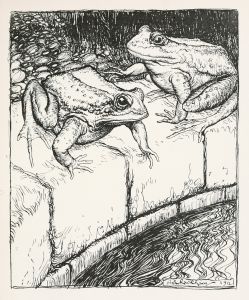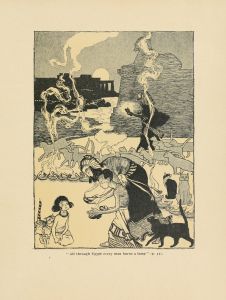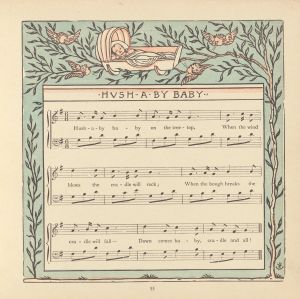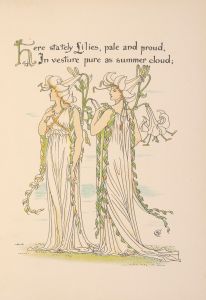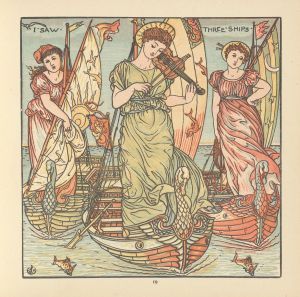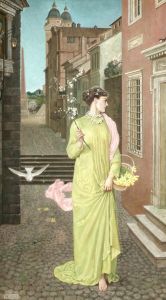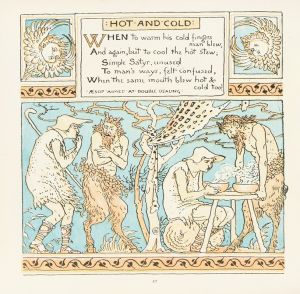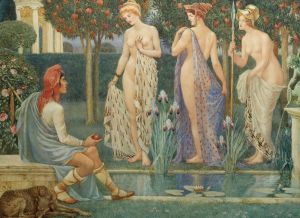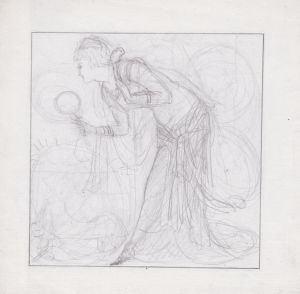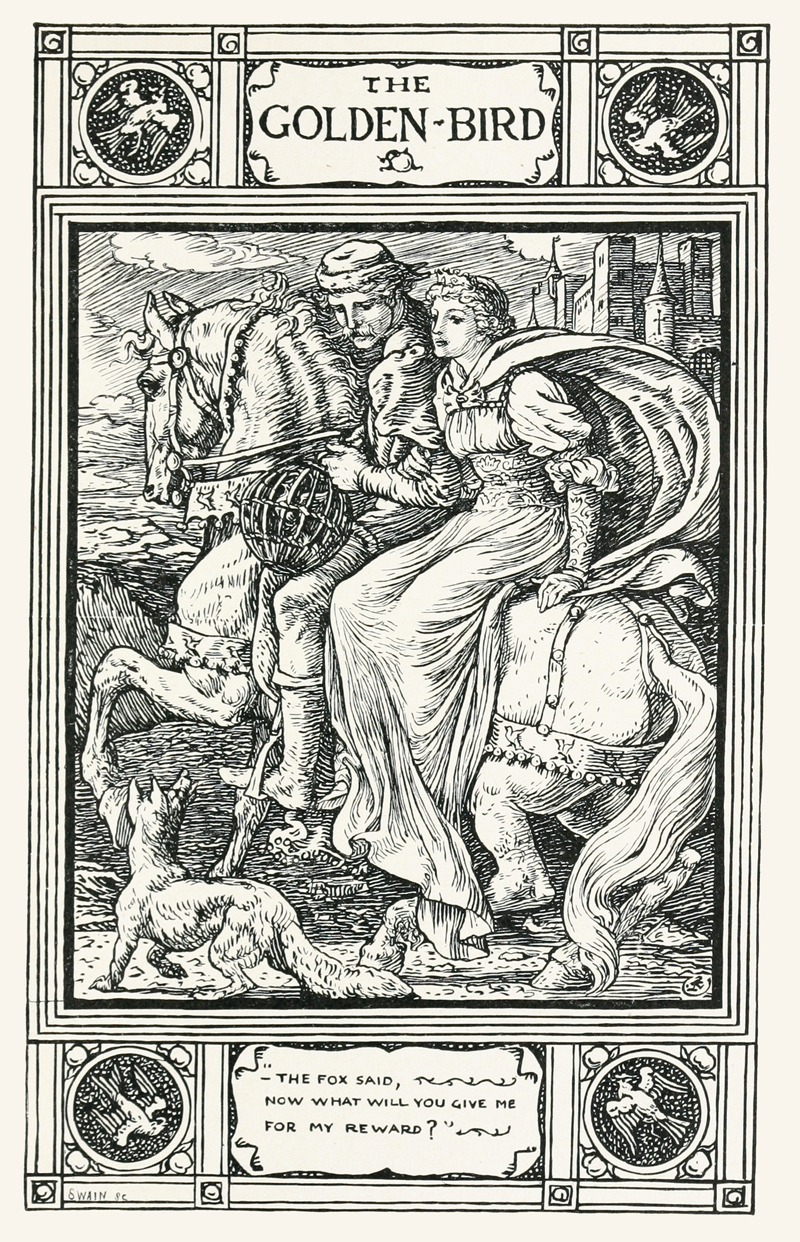
The Golden Bird
A hand-painted replica of Walter Crane’s masterpiece The Golden Bird, meticulously crafted by professional artists to capture the true essence of the original. Each piece is created with museum-quality canvas and rare mineral pigments, carefully painted by experienced artists with delicate brushstrokes and rich, layered colors to perfectly recreate the texture of the original artwork. Unlike machine-printed reproductions, this hand-painted version brings the painting to life, infused with the artist’s emotions and skill in every stroke. Whether for personal collection or home decoration, it instantly elevates the artistic atmosphere of any space.
Walter Crane was a prominent English artist and illustrator, known for his contributions to the Arts and Crafts movement and his work in children's book illustrations. One of his notable works is "The Golden Bird," which exemplifies his distinctive style and artistic philosophy.
Walter Crane was born on August 15, 1845, in Liverpool, England. He was heavily influenced by the Pre-Raphaelite Brotherhood and the decorative arts, which is evident in his detailed and ornate illustrations. Crane's work often featured themes from mythology, fairy tales, and folklore, rendered in a style that combined elements of medieval art with the flat, decorative qualities of Japanese prints.
"The Golden Bird" is an illustration that reflects Crane's fascination with fairy tales and his ability to bring stories to life through his art. This piece is part of a series of illustrations that Crane created for various fairy tales, which were published in books during the late 19th century. His illustrations were known for their vivid colors, intricate patterns, and the harmonious balance between figures and their surroundings.
Crane's "The Golden Bird" likely draws inspiration from the traditional fairy tale of the same name, which has been told in various cultures with slight variations. The story typically involves a quest to capture a golden bird, which is often associated with themes of adventure, transformation, and the pursuit of beauty or knowledge. Crane's illustration captures the essence of these themes through his use of symbolism and attention to detail.
In his depiction of "The Golden Bird," Crane employs a rich color palette and intricate line work, which are characteristic of his style. The illustration might feature the bird itself, often depicted with radiant plumage, set against a lush, decorative background. Crane's ability to create a sense of movement and life within his illustrations is evident in the way he portrays the bird and its environment.
Walter Crane's work, including "The Golden Bird," played a significant role in the development of children's book illustrations. His approach to storytelling through art influenced subsequent generations of illustrators and helped elevate the status of illustrated books. Crane believed that art should be accessible to all and that beauty could be found in everyday objects and stories. This philosophy is reflected in his work, which often blurs the line between fine art and decorative art.
Crane's contributions to the Arts and Crafts movement were also significant. He was a proponent of the idea that art should be integrated into daily life and that craftsmanship was as important as artistic expression. This belief is evident in the meticulous detail and craftsmanship of his illustrations, including "The Golden Bird."
Walter Crane passed away on March 14, 1915, but his legacy continues through his influential body of work. "The Golden Bird" remains a testament to his skill as an illustrator and his ability to capture the imagination of both children and adults. His work continues to be celebrated for its beauty, creativity, and the way it bridges the gap between art and storytelling.





